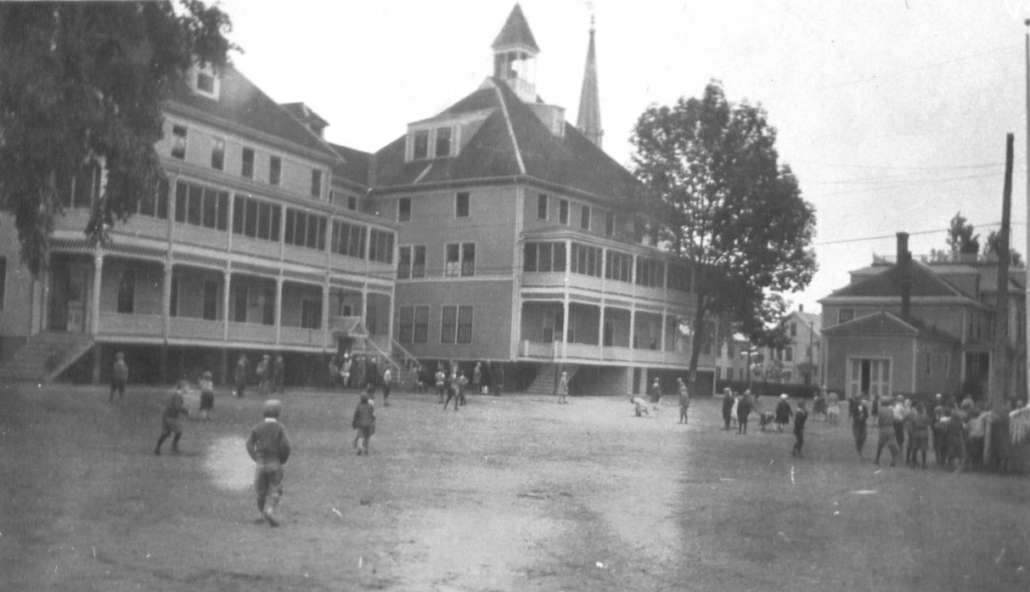
St. Francis de Sales elementary school, left, and the nun’s convent on right. There were some classrooms in the convent. (photo courtesy of Hallee family album)
Let’s now proceed with what life was like on The Plains in the 1950s and ‘60s.
The Lockwood-Dutchess Textile Mill (the cotton mill as it was known), which was housed in three large, brick buildings at the foot of Main St., was in full operation. Many of the people in the area worked at the mill, and walked to work every day. Also, Hollingsworth & Whitney Paper Mill (H&W as it was known), was also in its hey-day, and many fathers worked there. They would walk to work, crossing the Two-Cent Bridge on foot, because not many had cars. My father and grandfather were two of the few in the neighborhood with wheels. My grandfather owned a pink and charcoal Packard Hornet, and my dad a blue and white, two-tone Buick.
Many of the mothers were stay-at-home moms that saw the children off to school every day. Nearly all of the kids in my neighborhood attended St. Francis de Sales parochial school, which was located on the corner of Elm and Winter streets. Every parish had a parochial and public school. There were three parishes in Waterville, Notre Dame, St. Francis and Sacred Heart. In the south end there was Notre Dame School, on Water St., and the public South Grammar School, on Gold St., in addition to St. Francis.
Back then, there were no buses unless you lived more than a mile from school. So most of us would gather in the morning and walk together. The same was true after school, which let out at 3 p.m. (Can you imagine that?)
The school was taught by nuns of the Ursuline order, and they were rather strict, especially on the boys. I have my theory as to why, but I will keep that to myself.
The girls would go to the school through the eighth grade, while the boys were sent to another school after the fifth grade. That would be St. Joseph’s School, where Notre Dame Church is now, as has been mentioned in past articles.
Of course, back then, I guess only in parochial schools, it was not called kindergarten, but the “baby grade”. You had to be five years old by October 15 to begin to attend. I turned five years old on October 22, so I had to wait a whole year to begin school. My parents pleaded with the nuns, saying I was ready for school, but they would have no part of “violating” the rule. It was set in stone.
Being almost six years old when I started school, I was a little older, and somewhat further ahead than the others. I just didn’t know it.
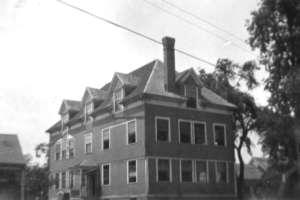
The “Brothers” School, near St. Francis elementary, where boys would go from sixth to eighth grades, until it was razed in late ‘50s. (photo courtesy of Hallee family album)
Actually, before the boys were confined to only the fifth grade, and shipped off to St. Joseph’s, there was another school across the parking lot from the parochial school, that was taught by the “brothers”. However, by the time I reached sixth grade, that school was shuttered, and eventually torn down. I don’t recall the name of the school, I guess because I was too young.
Since we all walked to and from school, some of the older boys – fifth graders – were assigned to be “patrol boys”. That is we wore white sashes, with a badge attached, designating us as crossing guards. We could not stop traffic, but we would escort the students across the street from the school. I was assigned the blue badge, meanning the captain of the corps. It didn’t really mean much.
Getting back to the neighborhood, we were a close knit group, and I can’t really tell you how many of us there were. We were a lot. Most families consisted of three to four, or more children, all blue collar families, where discipline was in order. Not that some of us didn’t get into some kind of trouble now and then. Nothing serious, mind you.
Next time, we’ll take a look at what we did back then for entertainment, minus television, and electronic devices. We made our own fun.



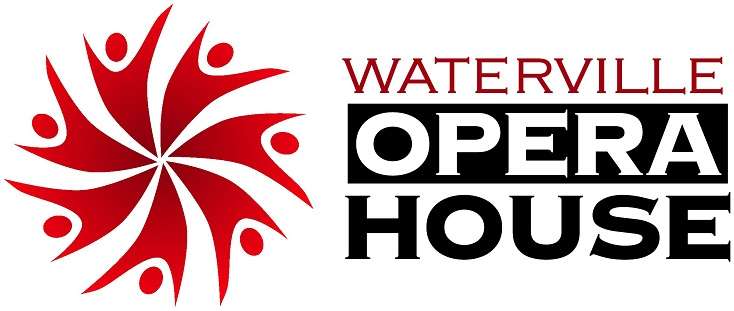



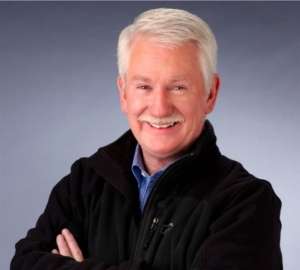




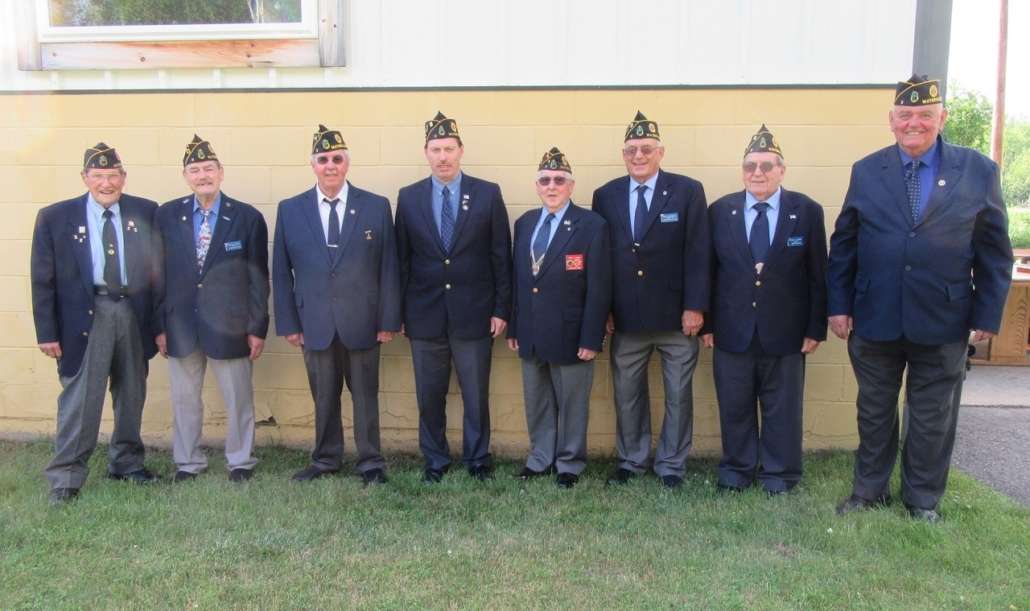
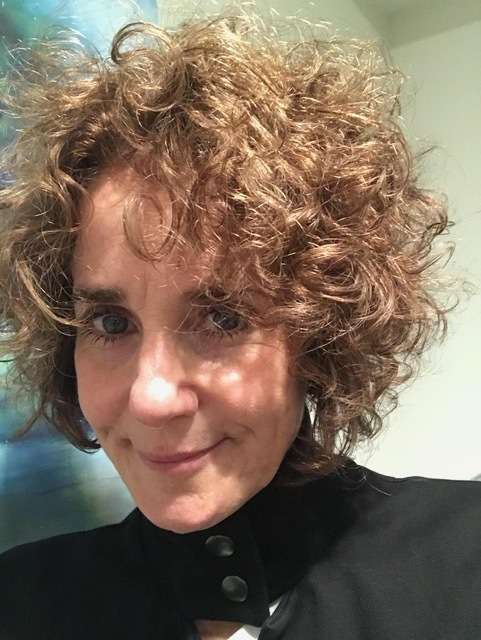
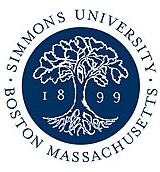 The following local students were named to the 2021 fall semester dean’s list at Simmons University, in Boston, Massachusetts. To qualify for dean’s list status, undergraduate students must obtain a grade point average of 3.5 or higher, based on 12 or more credit hours of work in classes using the letter grade system.
The following local students were named to the 2021 fall semester dean’s list at Simmons University, in Boston, Massachusetts. To qualify for dean’s list status, undergraduate students must obtain a grade point average of 3.5 or higher, based on 12 or more credit hours of work in classes using the letter grade system.